Nuclear Energy Day in Iran celebrated by unveiling achievements
Iran celebrated its national nuclear energy day on April the 9th 2022 by unveiling 9 new achievements. By why is Iran intent on its nuclear program, when most of the world, especially the western world, is up in arms against it?
Apart from the obvious scientific applications, in a world where technology is power, having a nuclear programme is of strategic value, acting as a peaceful defensive military deterrent.
Sanctions to disable Iran’s nuclear programme have only alerted politicians to the importance of a nuclear programme. “If we are weak we can be boycotted or attacked, they maintain.” And so a nuclear programme, albeit peaceful, is the only way to thwart threats against Iran.
Iran has had to work toward “domesticating” the entire cycle of nuclear fuel production and power generation, which is essential if we seek self-sufficiency.
The nuclear industry propels sciences and other industries. The future lies in this industry in some way. Today, the nuclear industry and nuclear energy play an irreplaceable role in all aspects of life, including in the medicine and food industries and fundamental sciences.
Nothing can replace it. This industry is so significant that any country that possesses it will become an important actor in the international arena in the future [sic].
Mahmoud Abbaszadeh MP, National Security and Foreign Policy Committee
Iran signed a nuclear deal with world powers, agreeing to limit its nuclear programme (although it maintains that the programme is peaceful) in return for having UN sanctions lifted.
That was in 2015. Until quite recently the Islamic Republic of Iran involved in sanction-lifting Vienna talks. Nothing much happened then and nothing much is happening now.
When the 8th round of talks in Vienna began, the IAEA requested to inspect some of our nuclear sites, one of which was Tesa which had come under a sabotage attack by Israel, as our officials had reported. We used to manufacture several models of centrifuges there.
After we addressed the security issues, we allowed Mr. Grossi to inspect the site. Following his inspection, installing the cameras, and changing their memories, the JCPOA revival deal was expected to be signed. But why hasn’t it been signed? The reason was clear.
When the Americans saw us taking a step back and allowing the inspections, they demanded 4 more inspections. In such circumstances, it’s only natural that we would consider leaving the NPT altogether. Withdrawing from the NPT has been discussed in Parliament.
Many lawmakers believe that we need to withdraw from the pact and push Uranium enrichment all the way up to 90% purity. The more pressure we put on the Americans, the more concessions they will make.
Morteza Simiari, Political Analyst
Iran, as an NPT signatory, has the right to peaceful nuclear technology, but the NPT or Nuclear Non Proliferation Treaty, no longer means the same to people in the field. The most obvious reason, perhaps, is that Israel, which is not an NPT signatory, has up to 400 nuclear warheads.
The Raisi administration or 13th government’s focus at the Vienna talks was not so much to revive the nuclear deal or JCPOA, but to get sanctions fully lifted or neutralized.
I’m not sure what our withdrawal from the NPT would achieve, but I do stress the need for reconsideration. The world and the IAEA should discuss NPT and make reforms, as they do about the Chemical and Nuclear Weapons Conventions.
They need to discuss whether NPT is enough. They need to assess how much it has contributed to a reduction in the number of warheads in Russian and American arsenals and examine whether they fulfilled their commitments, or on the contrary, their arsenals are expanding and the threats are increasing. They’re publically threatening to use nuclear weapons.
This means that there’s no NPT anymore. It’s only a pact that a few countries have forcefully signed.
Mahmoud Reza Aghamiri, Dean of Nuclear Engineering Faculty, Shahid Beheshti University
Why the West and Co. are so against Iran having a nuclear programme may seem straightforward at first glance, but maybe it is not so simple and clear cut.
It can’t be because they’re afraid Iran will make a bomb since Iran has already enriched uranium up to 60 percent purity, a quick step away from the 90 percent needed for a doomsday weapon. That, by the way, is thanks to the US pulling out of the nuclear deal and Europe’s inability to work in spite of it.
It can’t be fear of The Bomb, because even if we had nuclear weapons, we couldn’t have used them. Look at the world powers and their thousands of active nuclear warheads. Apart from America, post-world war two, no one has found it possible to actually use nuclear weapons against another state.
Global power is now divided and relatively balanced in a world with several nuclear states scattered from the West to the East. Israel has been threatening to use its nukes on Iran but it sounds more like a bark than a bite; although that’s not to say it should be ignored or taken lightly.
Joseph Nye, one of the most prominent theorists regarding soft power, says the world is moving to a place where all countries are developing huge armies and increasing their hard power.
In order for the colonialists to maintain their power, they must not allow the other nations to increase their soft power, as it would help them resist the power and colonial intentions of the west.
Therefore, they should prevent that. Take China’s Mao, for example. When China was expanding its nuclear industry, there was a time when the Americans wanted to negotiate on that, the same as they wanted talks with Iran.
Mao said at the time that we would first develop the industry and then talk with you. It was the case with India, too. They did what they wanted to, expanded their nuclear technology, and then held talks about it.
Morteza Simiari, Political Analyst
Iran is a petro-power. But as the West is finding ways of independence from fossil fuels, that’s no longer enough. And determined not to stay in the stone-age of mineral mining, Iran has done its utmost to join the race towards nuclear fuel and electricity as well as sundry peripheral industries.
The Leader of the Islamic Revolution delivered a speech in 2015 on the significance of nuclear energy and technology for the first time in a while.
He said in the speech that some people in Iran believe that we don’t need nuclear energy, as we have enough fossil energy, oil, gas, and underground resources to meet our needs in producing electricity and producing fuel.
We can draw an analogy between such a way of thinking with what the officials in the Qajar dynasty would say. They’d call oil a malodorous substance, asking the west to take it out of Iran and do whatever they wanted with it.
Morteza Simiari, Political Analyst
The AEOI, the Atomic Energy Organization of Iran, has attained about 77 new achievements in one year, and “Iran will seek to progress exponentially from now on”, claimed Mohammad Eslami head of the AEOI.
"Among [the achievements in the peaceful nuclear fields] … 29… [are] in the field of nuclear fuel, 19 … in the field of research and development, 15 … in the field of energy supply and 14 … in the field of radiation application," he said, stressing that the country is planning on deepening industrial self-sufficiency by building 10- and 40-megawatt research reactors, as well as the first fully homegrown 360-megawatt nuclear power plant.
We believe that we want the nuclear industry for peaceful purposes. This industry can help us in addressing the water shortage in the country. We can use reactors to desalinate water in huge amounts. In 2008, we were considering installing reactors in regions we needed to desalinate water.
Our shorelines stretch 2200 kilometers. We need only 10 low-yield reactors across those regions to desalinate water and address agricultural problems. We’re not talking about a couple of meters.
Each of the reactors can output 100 thousand cubic meters of desalinated water every day, although the capacities might be different.
Mahmoud Reza Aghamiri, Dean of Nuclear Engineering Faculty, Shahid Beheshti University
One wonders how Iran has indigenized and advanced its nuclear programme, while being subject to such cruel scientific and technological sanctions, US sanctions which were meant to be crippling to the progress of science as well as the general economy.
That’s not to say this country has no domestic management problems, nevertheless, the fact remains that the US withdrew from the nuclear deal in May 2018, by an act of diplomatic vandalism, as Kim Darroch, the then UK ambassador to the US, put it in a leaked cable which cost him his job.
And by 2019 Iran was experiencing economic recession, a depreciating currency and high inflation. This meant stretched budgets for equipment, supplies and travel, which endangered research projects. Companies and banks threatened by primary and secondary US sanctions, found themselves unable to do business in or with Iran.
Thankfully, we can respond to every need in the country. Whatever we need, be it in the field of medicine, food, industries, energy, and others, we can provide it.
Fortunately, everything has become localized. The supply chain is complete inside the country.
We have the mine, the ability to explore and extract the elements, storage, which is quite complicated, by the way, refining them, enriching them, packaging them and others. We can do it all.
Mahmoud Abbaszadeh MP, National Security and Foreign Policy Committee
The international banking payments-transfer system known as SWIFT disconnected Iran's banks the year before, rendering it almost impossible to purchase research materials and services from abroad, or raw materials for manufacture. It made it impossible even to purchase books online or paying registration fees for scientific conferences abroad.
One after the other, the health, research and education sectors, supposedly untouched by sanctions, were actually being targeted at full force.
They won’t provide us with radio medicines. That’s why Iran is after producing its own radio medicines, which has thankfully accelerated. This is the reason why they’re not giving us the medicine.
10 to 12 years ago, they suddenly decided to stop providing much-needed radioactive material used in producing the medicine, therefore we decided to make our own. The rate of producing the medicine grew so fast. Today, our students in this faculty, with the help of the Atomic Energy Organization of Iran are working on producing medicine for different uses, body parts, and tissues, including for liver, lungs, and others.
Sanctions and political circumstances pushed us down this path.
Mahmoud Reza Aghamiri, Dean of Nuclear Engineering Faculty, Shahid Beheshti University
In spite of very draconian sanctions, by 2019, Iran was among 8 countries with a full nuclear fuel cycle, Mohammad Saeedi boasted. He is former member of Iran’s negotiating team with the “world powers”.
Most importantly, Iran could design modern fuel itself, instead of reverse engineering, while it had made great headways in manufacturing a broad range of indigenous equipment for peaceful nuclear technology.
The fundamental structures are localized. When we need high-tech equipment we turn to the countries that have the ability to provide us with them. We enlist the help of other countries. They ask for our help too.
The important issue here is to maintain the chain. We insist on keeping the ties and using the capacities they have. You don’t need to produce every part of a product you’re manufacturing.
You can produce a large percentage and assemble it. Take the biggest automobile manufacturers in the world or Europe; they don’t produce all their parts themselves.
Mahmoud Abbaszadeh MP, National Security and Foreign Policy Committee
In February this year, Iranian scientists succeeded in breaking the US monopoly in producing electron accelerators, said the AEOI’s Eslami, emphasizing that
“The electron accelerators have been fully indigenized by Iranian experts and are on the way to the industrial stage”.
Electron accelerators are multipurpose machines that deliver beams with energies spanning five orders of magnitude and are used in applications that range from fundamental studies of particle interactions to cross-linking polymer chains in industrial plants.
Fossil fuels no longer sufficient
In January of this year 2022, Mr Eslami stressed the importance of clean energy:
“Today the nuclear economy has great added value and zero pollution and is considered the cleanest way to produce electricity around the globe.”
To touch Iranians’ everyday lives by nuclear knowhow, the Darkhovin nuclear site, one of the country’s most important sites, can provide the needed electricity in Iran’s Khuzestan province which is currently facing with an electricity shortage, not to mention that their water-supply was made a mess of.
Actually as early as October 2020, the then Director General of the Iranian Renewable Energy Organization, Ali Shabnavard announced: “At the moment, nearly 54 companies are constructing renewable energy power plants such as solar and wind energy and hydroelectric power plants with a total capacity of 229.39 MW.”
As of Apr 5, 2022 Iran announced it was planning to build a 360-megawatt power plant in Darkhovin. The project was to be an all-Iranian made power plant, included in the AEOI’s development plan along with the research reactors required by the organization."
Logic dictates that the countries share their knowledge on different matters, including medical sciences. Today, Iran is in a good position in ophthalmology and is providing relevant services to Iraq and other countries in the region.
The scientific community should be with us on nuclear sciences, too. But we face limitations. One of the joint ventures that is ongoing and so far hasn’t been affected by limitations has been the SESAME, short for Synchrotron-light for Experimental Science and Applications in the Middle East, which is based in Jordan.
Iran is an active member in the project, along with 7 other countries. Dr. Shahriari and Dr. Ali-Mohammadi, two of our martyred nuclear scientists, used to be advisors to the project. Our colleagues are working there, too. SESAME is a joint project in which we can realize some of those scientific goals.
Mahmoud Reza Aghamiri, Dean of Nuclear Engineering Faculty, Shahid Beheshti University
By last year, Iran had begun the process of producing enriched uranium metal. That’s fuel for a research reactor. And as you saw in the news section, plenty’s been done for medical uses. On Nuclear day Apr 9, Iran announced the production of several radio medicines, including Lutetium-177, to treat a number of difficult-to-treat diseases like cancer.
That’s done by connecting to the receptors of the tumor and irradiating the affected area. The mechanism helps prevent metastasis by disrupting blood circulation around the tumor. It is a type of radionuclide. The new-generation LU-177 has low-energy photons and facilitates gamma camera imaging.
Western countries, especially the US, have problems with other nations’ domestic technologies. They don’t allow them to acquire domestic tech.
In order to prevent Iran access to such tech, they imposed two kinds of sanctions on Tehran: horizontal and vertical ones.
Horizontal sanctions are economic, banking, and financial sanctions. The other sanctions, however, were on technologies. Such bans prevented certain nations from spreading the technologies.
Morteza Simiari, Political Analyst
Even talk of nuclear medicine must make the typical western listener jitter in wonder. But actually the IAEA verified Iran’s claim, as it came out in May of the current year that Iran had started converting a third of its highly enriched uranium stockpile into material used to produce medical isotopes.
The IAEA said in a statement that: “Iran began on March 11 irradiating part of its stockpile of uranium enriched to 60% to produce molybdenum targets, a process which renders the material useless for weapons manufacture”.
Iran’s stockpile of 60% enriched uranium had prompted international concern when the IAEA said that 60% enriched uranium is technically indistinguishable from 90% purity.
Interestingly, medical isotopes have been produced with 90% enriched uranium, but they have been gradually replaced with lower enrichment levels in order to reduce proliferation risks.
As far as success with equipment and machinery goes, Arms Control showed its concern in 2021 stating:
“As negotiations to restore the 2015 nuclear deal resumed on Nov. 29 in Vienna, Iran’s uranium-enrichment program continued to grow, ... According to a February 19 report from the International Atomic Energy Agency (IAEA), total enriched uranium stockpile amounts to 3197.1 kilograms, which represents an increase of over 700 kilograms since the previous quarterly report, which was released in November 2021.”
“Iran’s stockpile of uranium enriched to 20 percent uranium-235 is 182.1 kilograms, up from 114 kilograms documented in the agency’s prior report, issued Nov 2021. The stockpile of uranium enriched to 60 percent U-235 is 33.2 kilograms, up from 10 kilograms”.
The report also noted that Iran accelerated its installation of more advanced IR-6 centrifuges, which can enrich uranium more efficiently than the IR-1 machines that were permitted for enrichment under the JCPOA.
According to the IAEA, Iran has installed more than 166 IR-6 machines at its Fordow nuclear facility since the November report. These machines are not yet enriching uranium, but Iran is obligated to begin operating 1,000 IR-6 centrifuges by the end of the year in accordance with a new Iranian law.
The new machines would bring Iran up to about 400 installed IR-6 centrifuges, of which about 210 are currently operating.
We’re living in a country where we need mechanical engineering as much as we do nuclear sciences. Nanotechnology has created opportunities here that molecular sciences couldn’t have. Biotechnology has made contributions that biology wouldn’t.
Naturally, you can’t dictate to a nation not to pursue biotechnology, nanotechnology, work on neurosciences, or artificial intelligence. Nuclear science is the same as all other technologies.
It’s a technology that’s been transforming people's lives ever since it emerged. It’s a right that all countries must have. We, like others, must be able to benefit from it.
Mahmoud Reza Aghamiri, Dean of Nuclear Engineering Faculty, Shahid Beheshti University
Nuclear applications, and Iran’s application of them, are countless. In medicine, it is with radioisotopes and radiopharmaceuticals. It’s even useful for pest-control.
In fact by making nuclear technology available to people, the government will be focusing on areas of agriculture [agricultural pesticides], as well as health and the country's economy.
Potential fields are nuclear energy, space technology, nanotechnology, and information technology.
“The state that owns this (nuclear) technology will be a capable state.”
What the future hold for Iran’s nuclear industry
The future of Iran’s nuclear industry is quite bright. Our nuclear industry went into a pilot phase once. It was in 2015 after the JCPOA was signed. Back then, we took apart many of our centrifuges, including the IR-6 and IR-2 ones.
Back then, some said we’ve lost the entirety of our nuclear technology. Back then. Israel, the US, and the Western countries thought that we can’t restore our nuclear program if they put pressure on us.
But we did it.
This means that we have an outlook for building 9 nuclear plants in the country, something that’s discussed in the country’s transformation document. The 9 plants can be used to produce energy, just like they do in the west.
Morteza Simiari, Political Analyst
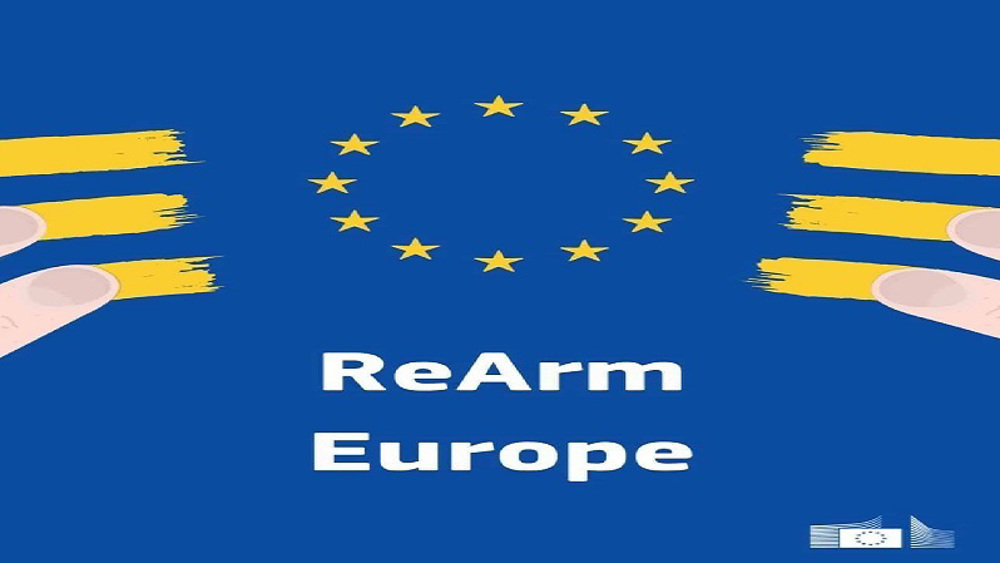
MEPs reject €800bn military drive
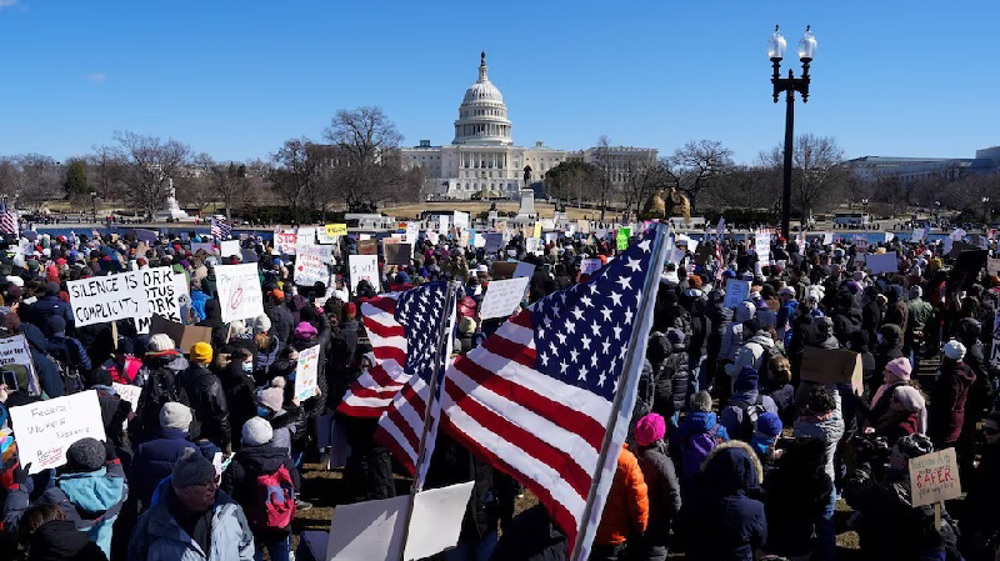
Americans protest Trump and Musk
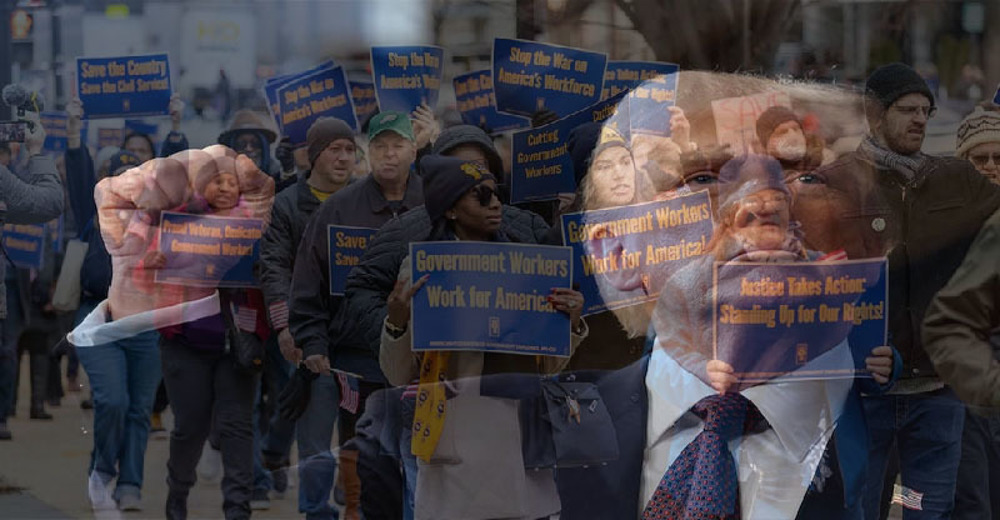
US congress urged to act against mass layoffs
US says South African ambassador ‘no longer welcome’ over his criticism of Trump
Homeland Security agents arrest another pro-Palestinian protester from Columbia University
UN envoy slams Israel’s 'futile attempt' to justify atrocities by 'fabricating Islam-terrorism link'
Hamas says ready to free Israeli-US captive, bodies of four others
Iran: Tajikistan-Kyrgyzstan border agreement ‘major step’ towards peace promotion
WFP to cut life-saving aid for one million people in Myanmar
80,000 Palestinians perform Friday prayers at Al-Aqsa Mosque despite Israeli restrictions
China says it opposes force, sanctions against Iran, calls on US to show 'political sincerity'


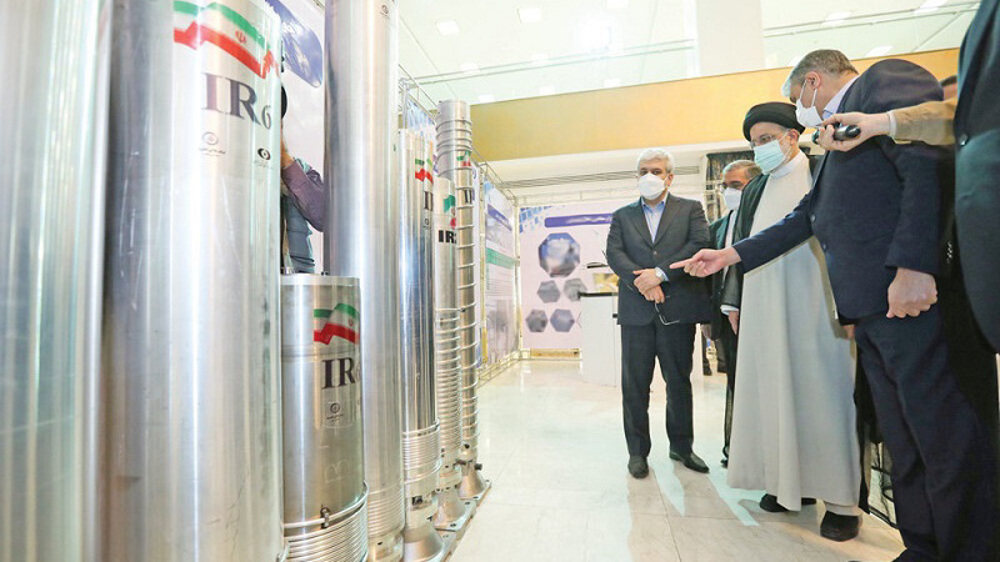
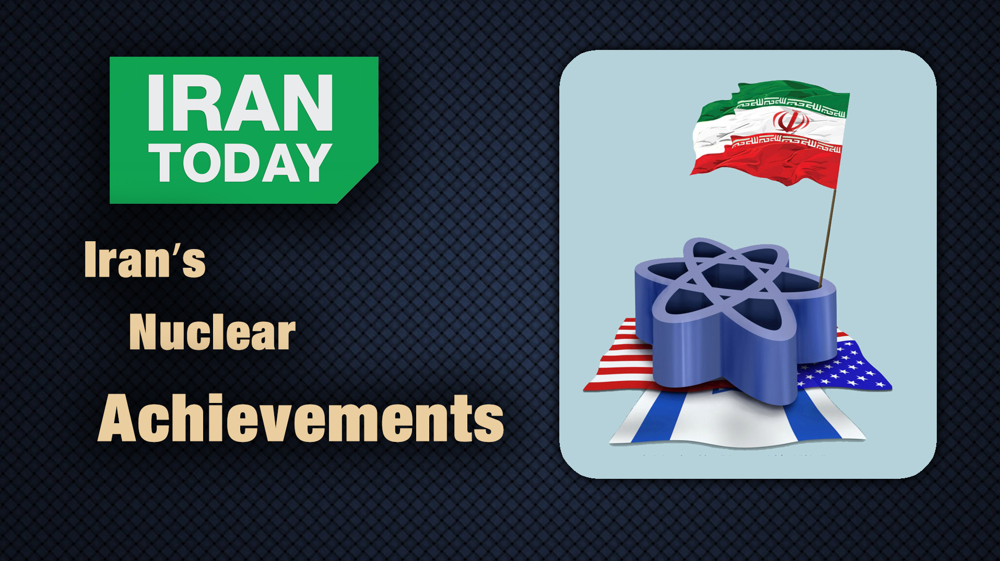
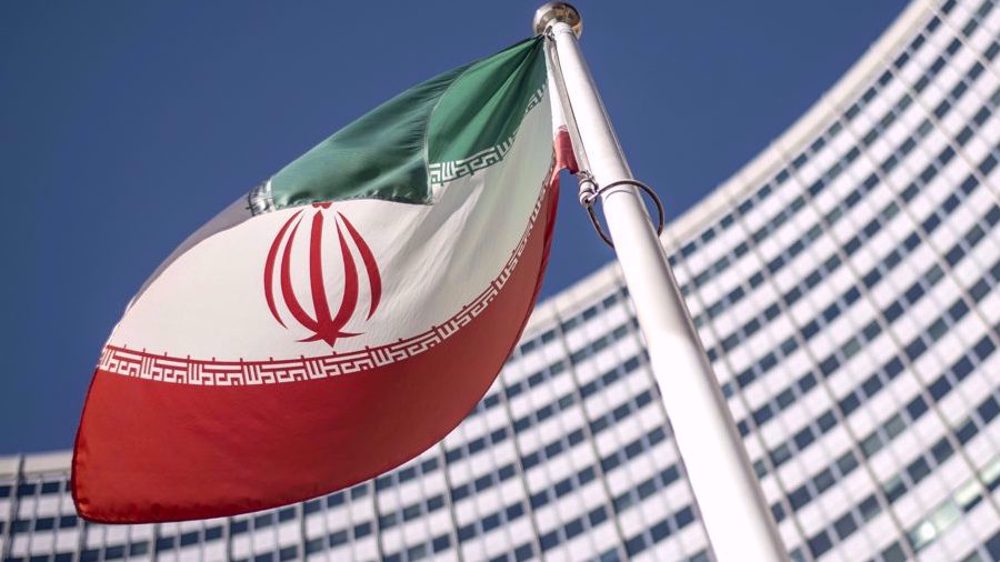
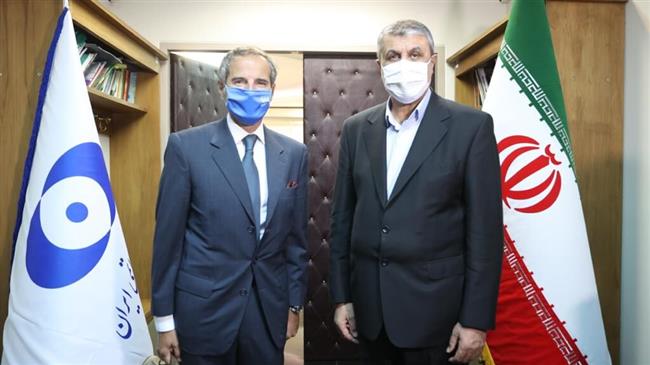
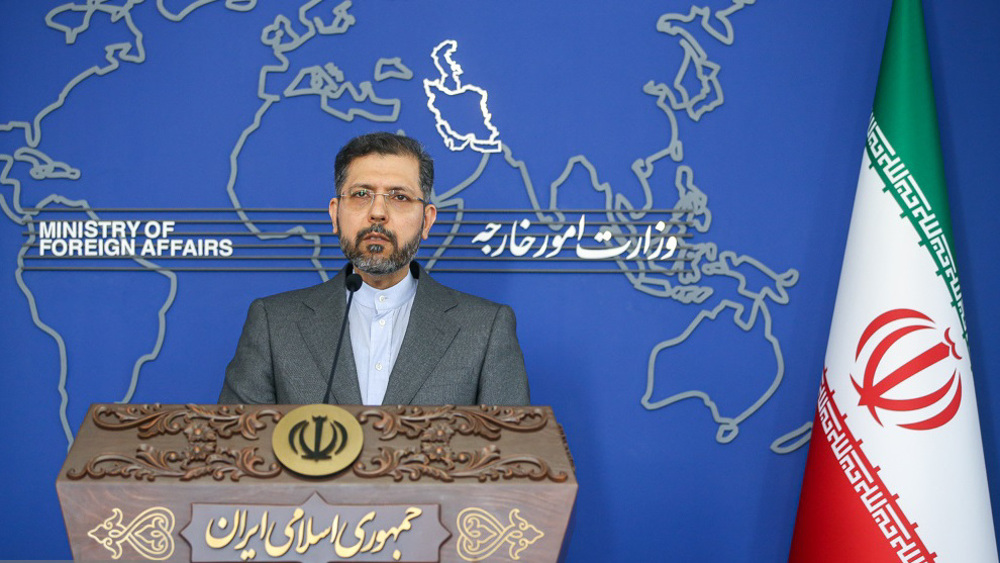
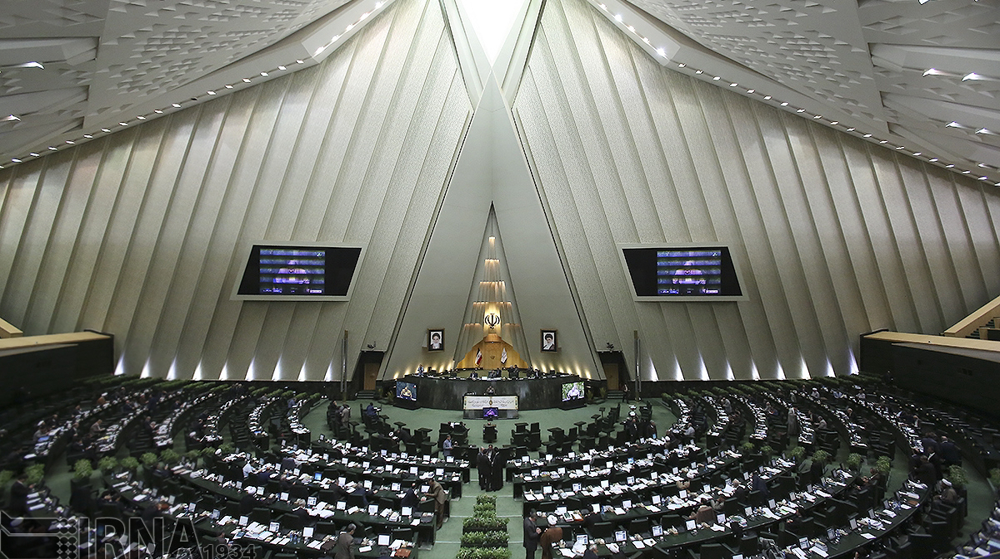
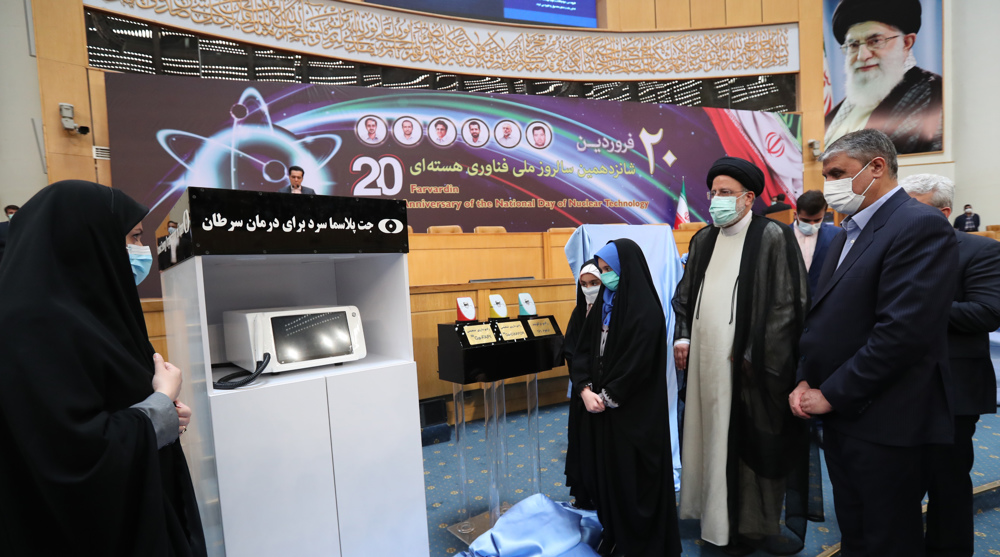
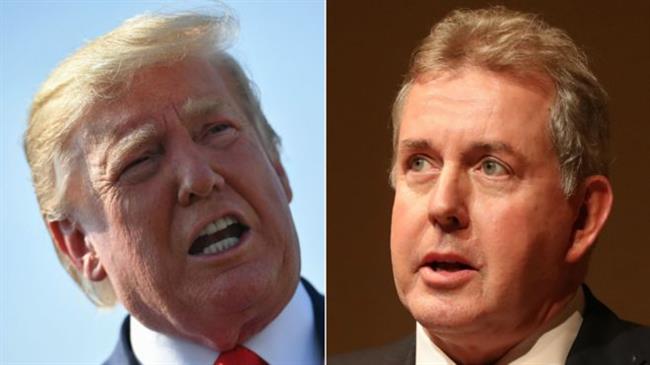
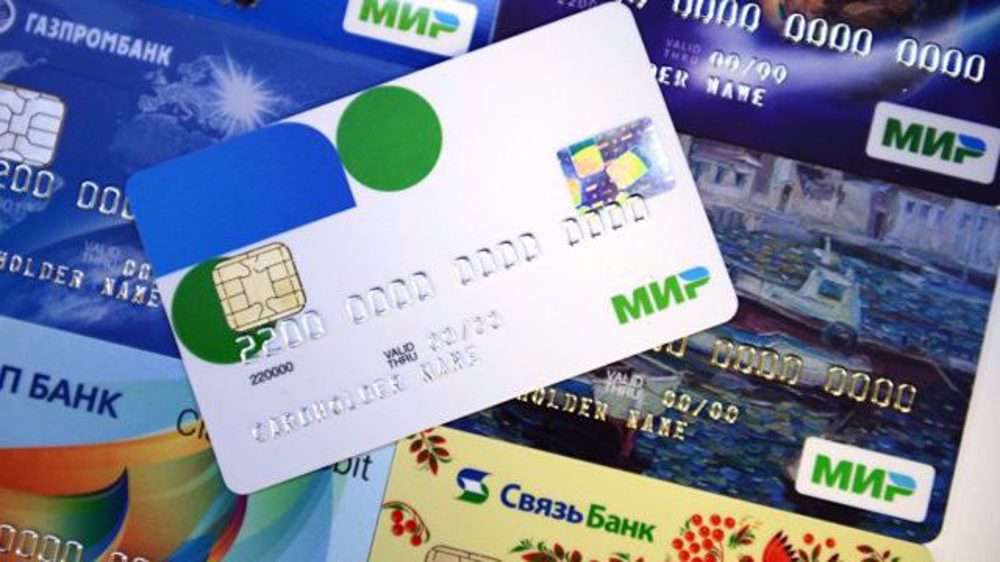
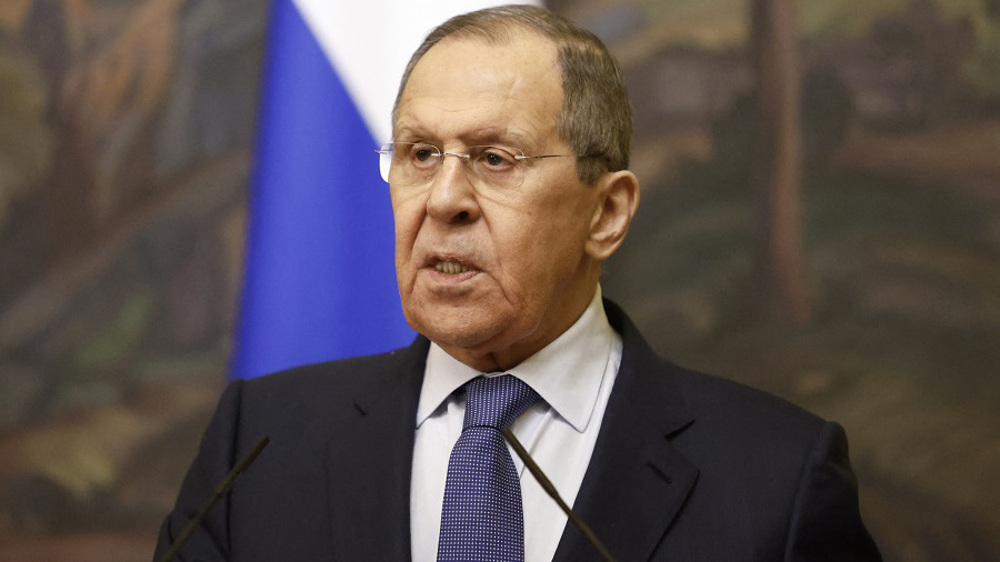
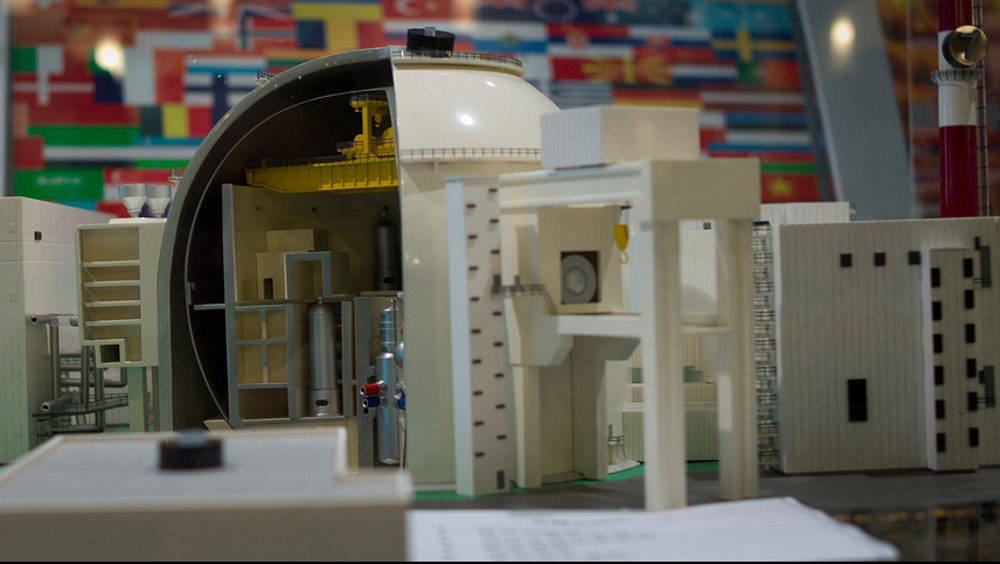
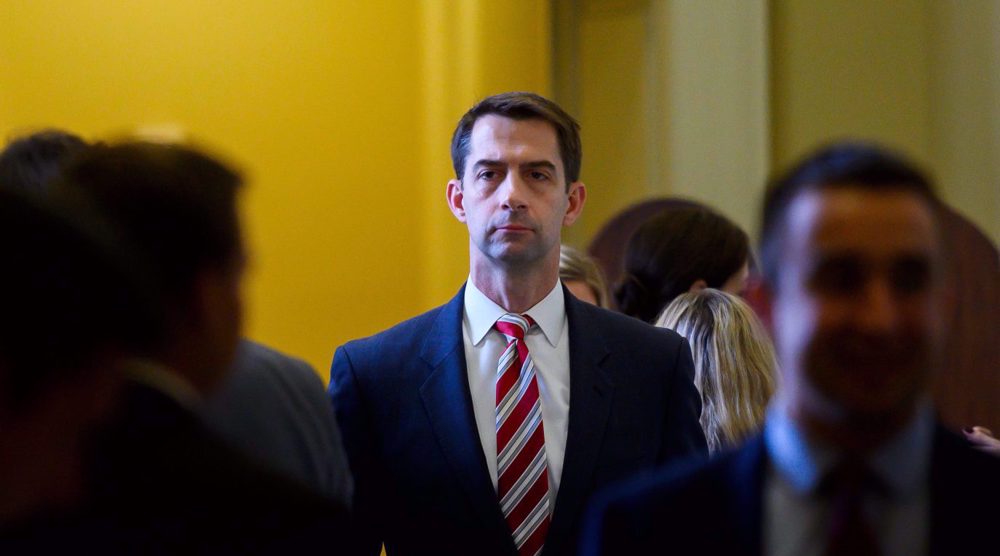
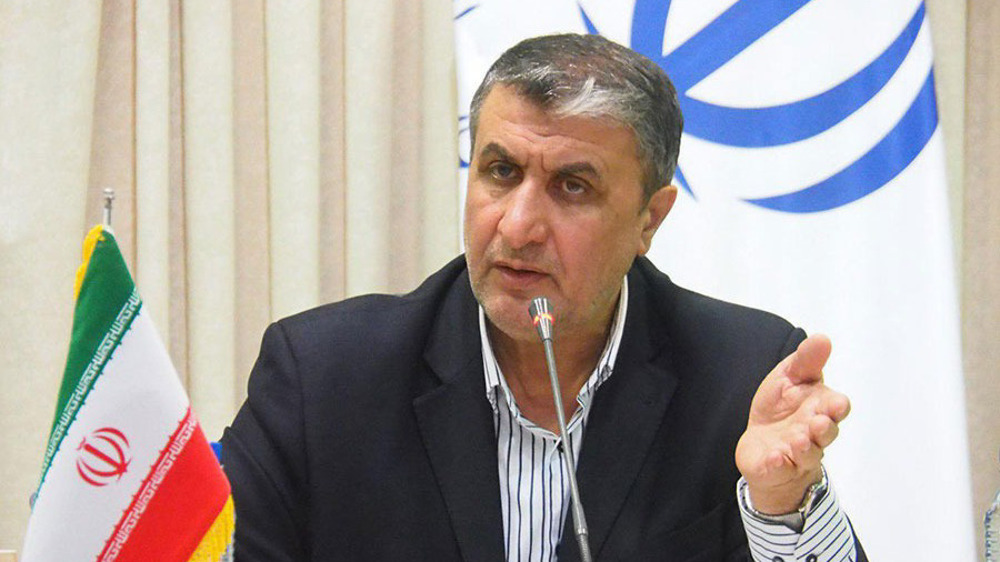
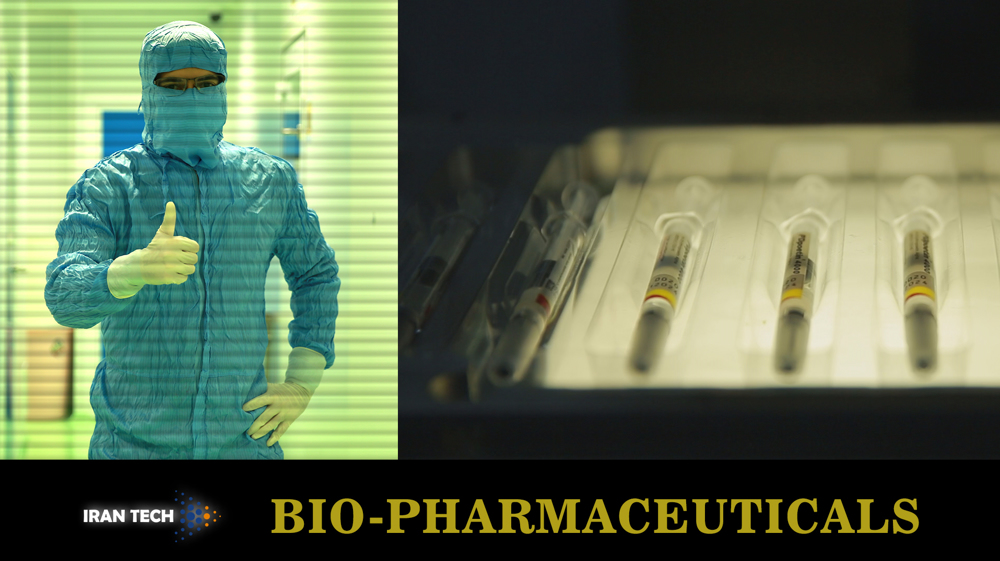
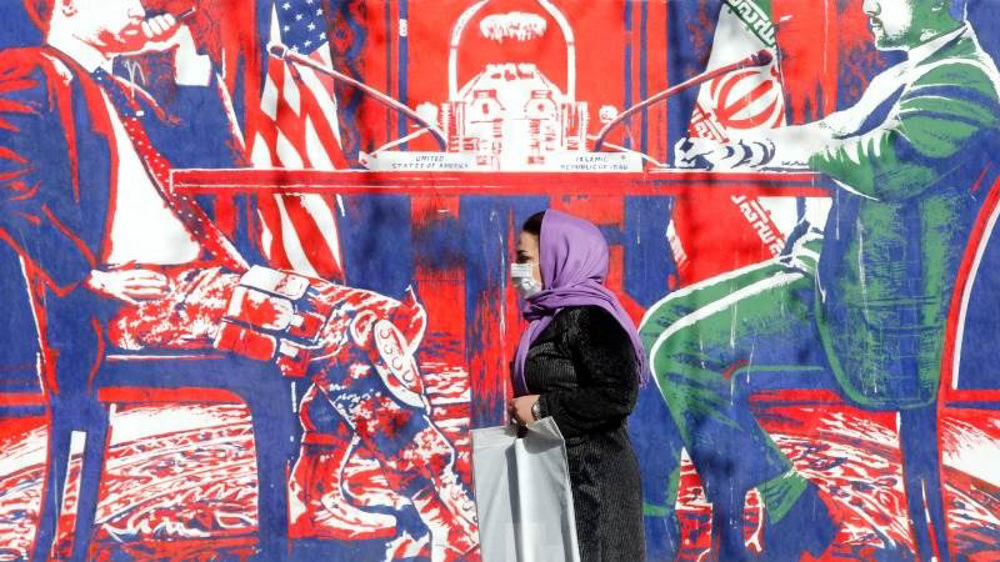



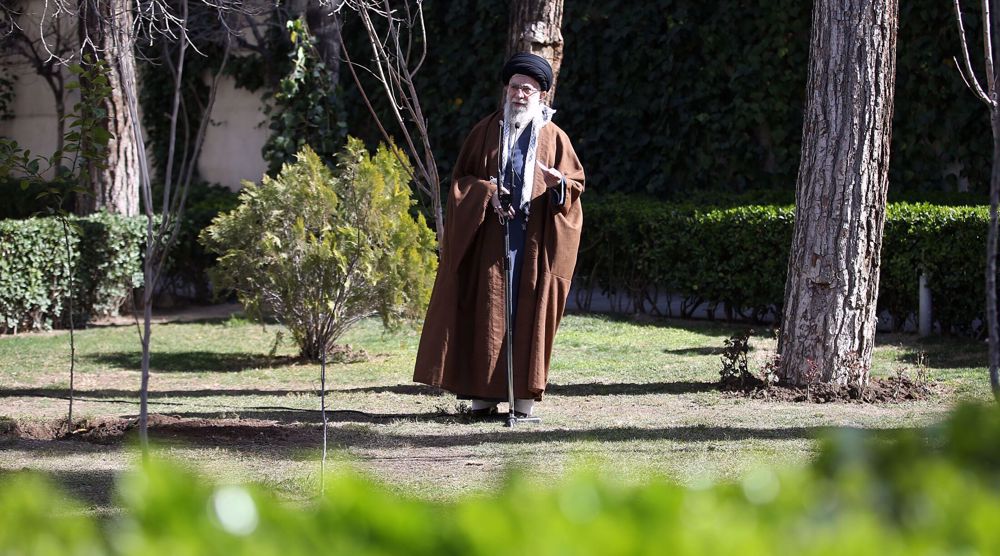
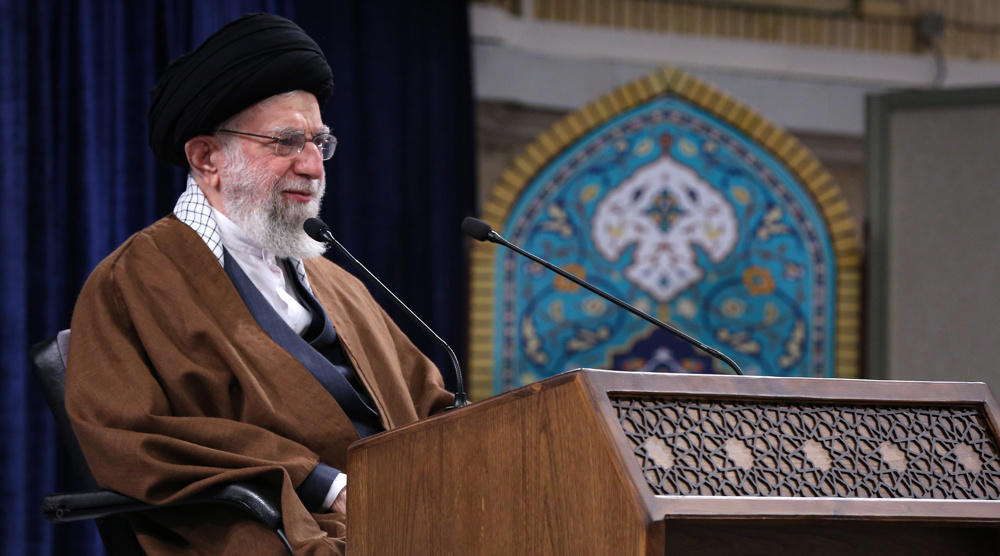
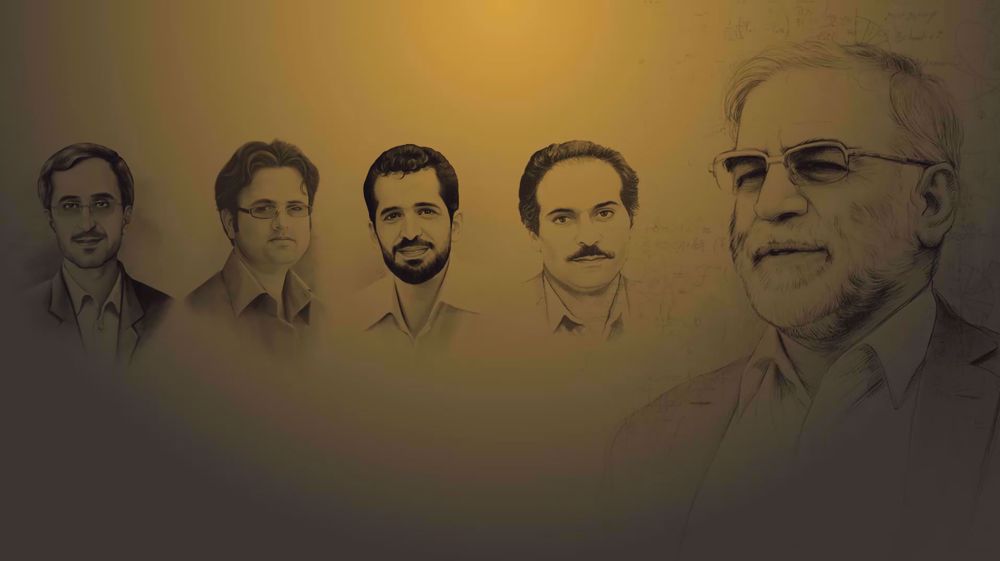
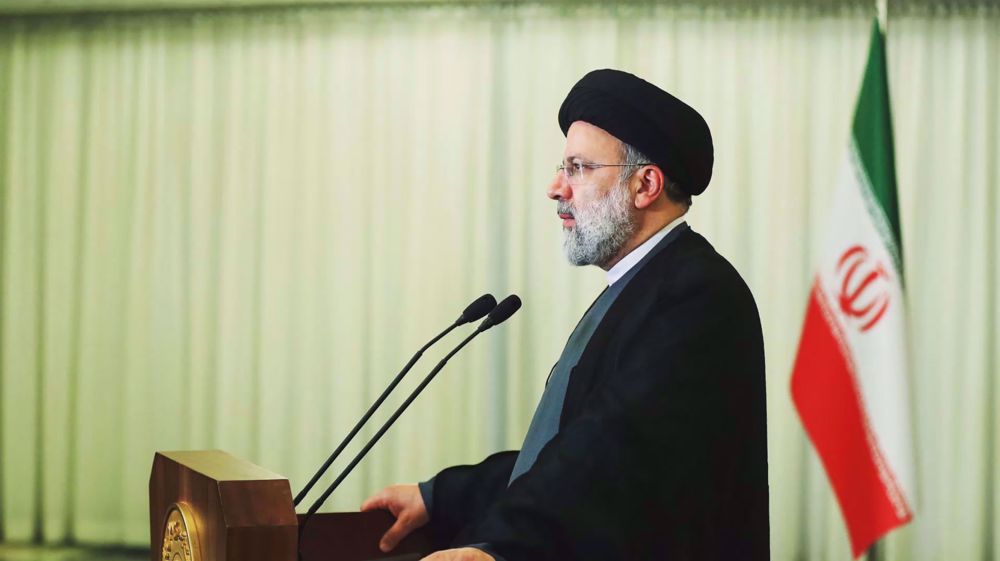
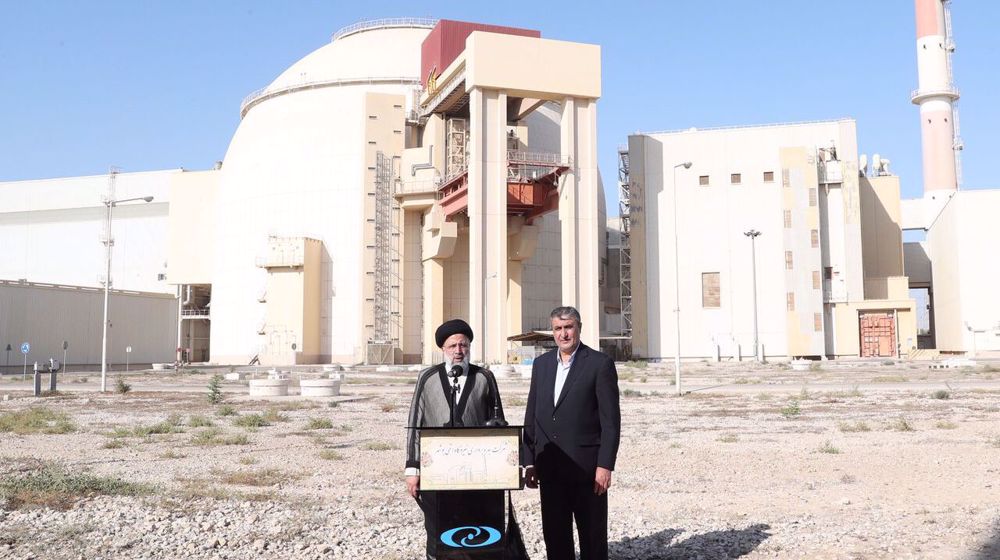
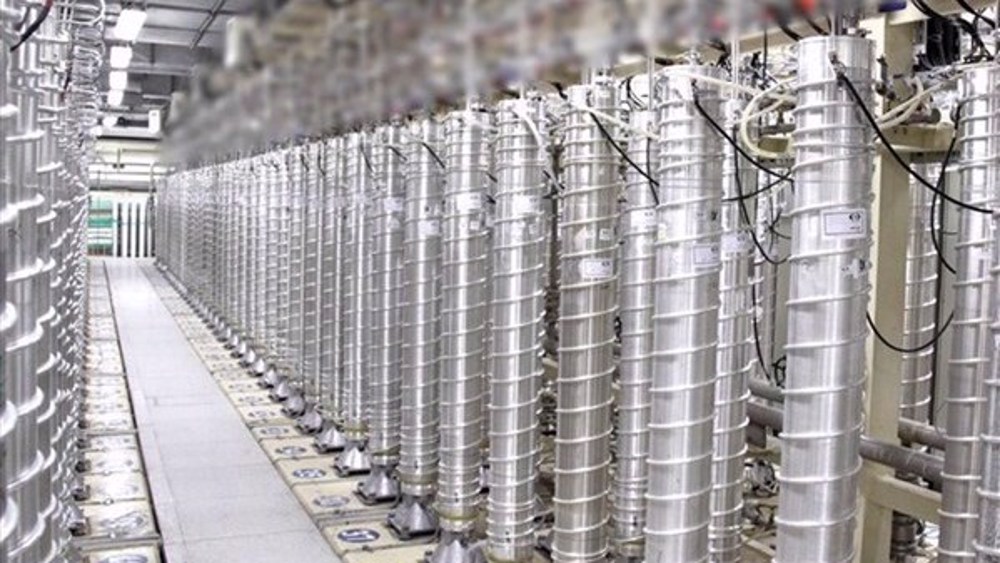
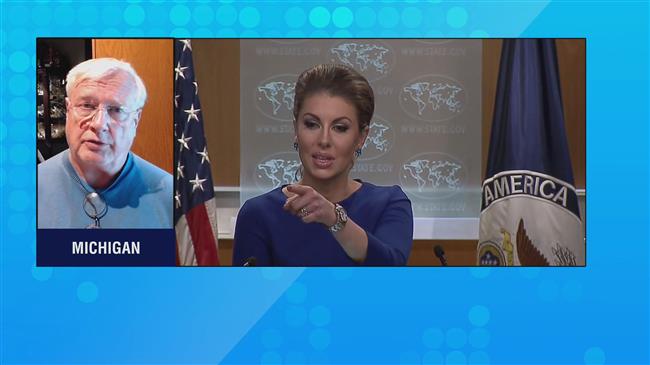
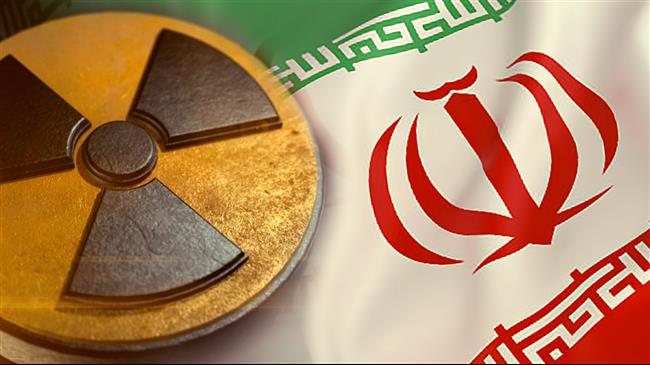

 This makes it easy to access the Press TV website
This makes it easy to access the Press TV website